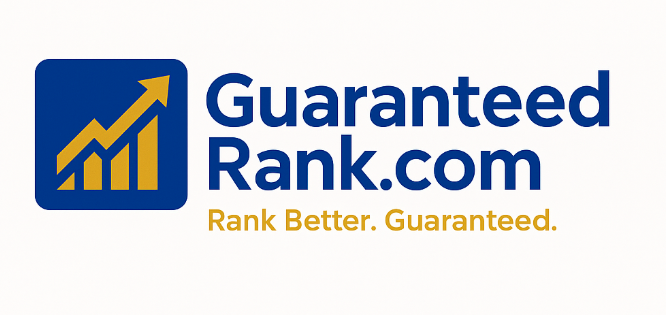To identify seasonal keyword trends unique to Europe, you need a combination of geographic filtering, seasonality detection, and market-specific insight. Here's a step-by-step guide using tools and methods that work effectively:
🔍 1. Use Google Trends with Geographic Filters
-
Go to Google Trends.
-
Search for a keyword or topic.
-
Filter by:
-
Region: Select a specific European country or the whole of Europe (via EEA countries individually).
-
Time Range: Choose “Past 5 years” or “Past 12 months” to detect annual patterns.
-
Category: Narrow by category like "Travel", "Food", or "Retail" for more relevant context.
-
💡 Tip: Use the "Compare" feature to see how the same term performs across different countries.
🗓️ 2. Identify Seasonality Patterns
Look for:
-
Recurring peaks around the same months each year (e.g., “ski holidays” spikes in Jan-Feb).
-
Event-based trends (e.g., “Oktoberfest” in Germany, “Black Friday” across Western Europe).
-
Holiday-based trends (e.g., “Christmas markets” or “summer sales”).
📊 3. Use SEO and PPC Tools with Regional Data
Tools that can show keyword seasonality and volume by specific European markets:
✅ SEMrush
-
Use the Keyword Overview or Trends feature.
-
Filter by specific European countries (UK, Germany, France, etc.).
-
View the “Trends” and “Volume by Month” graph.
✅ Ahrefs
-
Check keyword seasonality with the “Traffic Trend” and “Keyword Explorer”.
-
Filter results to target EU countries.
✅ Google Keyword Planner
-
Set location to a specific country or city in Europe.
-
View “Avg. Monthly Searches” across months.
-
Great for regional seasonal ad planning.
🌍 4. Localized Market Insights
Some trends are cultural or regulatory:
-
“Rebajas de verano” (summer sales in Spain) peak differently than “Soldes” in France.
-
School holidays differ by country, affecting family travel or shopping keywords.
-
Local holidays (e.g., “San Fermín”, “Bastille Day”, “Sinterklaas”) drive niche seasonal spikes.
Use country-specific marketing calendars (e.g., VisitEurope, local tourism boards, or retail calendars) to correlate with spikes.
📈 5. Look at Competitors’ Seasonal Content
Use tools like:
-
Similarweb or SEMrush Traffic Analytics to analyze competitor traffic spikes.
-
Reverse-engineer their seasonal content and keywords using Ahrefs’ Site Explorer or BuzzSumo.
📌 Summary Checklist:
| Step | Tool | What to Do |
|---|---|---|
| 1 | Google Trends | Spot seasonality per country |
| 2 | SEMrush / Ahrefs | Analyze keyword volumes & patterns |
| 3 | Google Keyword Planner | Break down search volume by month & location |
| 4 | Local marketing calendars | Identify cultural or national seasonal events |
| 5 | Competitor analysis tools | See what seasonal content others target |






![What strategies did [Company C] use to increase organic traffic?](https://blogger.googleusercontent.com/img/b/R29vZ2xl/AVvXsEgEAAqB4yJKK0eEEHH_4hjO5-75jSTykTGneli0AXc7M9IZKSOybAfNHBz3edlFut_8IwMnZNvvpLo6ExhV2aUNNsYOHs-s8xijFjCMAxeCGZp49OkyWXN-d9AbfUFhjxInVIg2dPvvLH27Sc5VmrY7cueBR8_GJdBWq9jJP0QHvcBqitZC2t6nL5b3Qj4/w72-h72-p-k-no-nu/Screenshot_86.jpg)




0 Comments